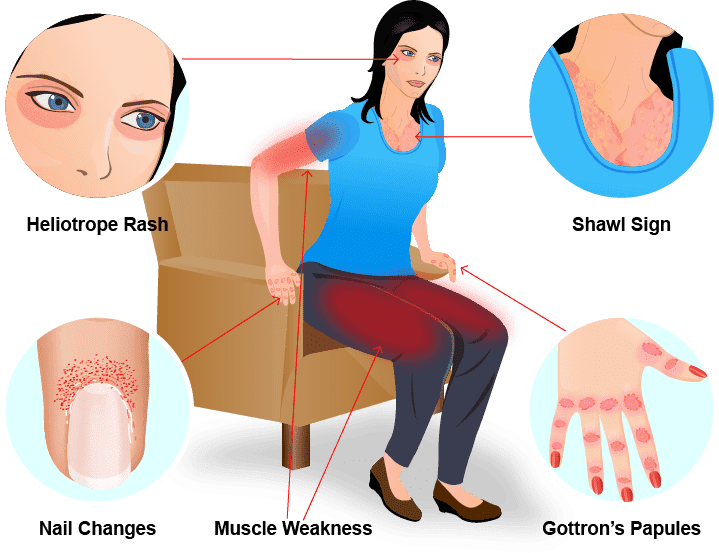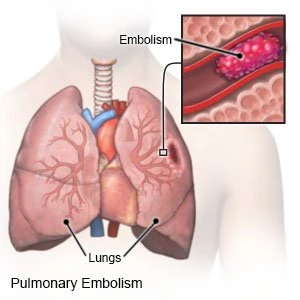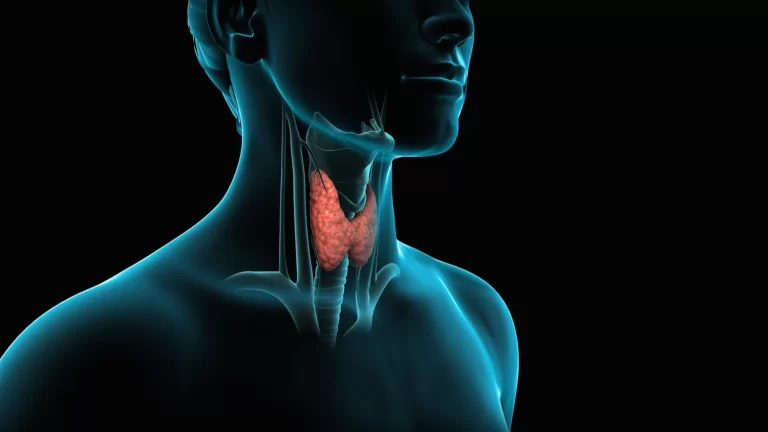Addison’s disease
What is Addison’s disease? Addison’s disease is a chronic disease in which your adrenal glands don’t create sufficient of the hormones cortisol and aldosterone. Your adrenal glands also called suprarenal glands, are small, triangle-shaped glands that are situated on top of each of your two kidneys. They’re a component of your endocrine system. Cortisol is…










